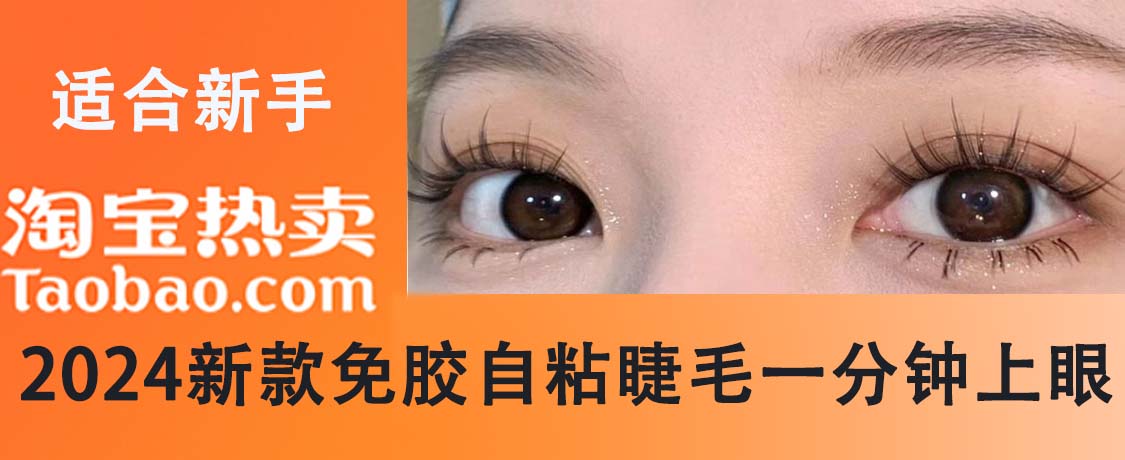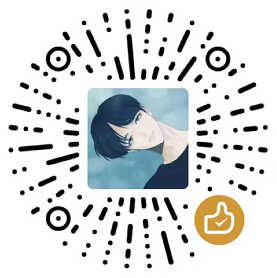七年级英语重点句子(七年级英语重点句子大全)
重点句型1:There be 句型
There be 句型是英语中最常用的表达“有”这个概念的句型。
例如:
There is a book on the desk.(桌子上有一本书)
There are some apples in the basket.(篮子里有些苹果)
此外,还需要注意 There be 句型的一些时态变化:
一般现在时:There is/are
一般过去时:There was/were
现在进行时:There is/are being
将来时:There will be
重点句型2:一般现在时的第三人称单数
一般现在时是英语中最基本的时态之一,而第三人称单数的形式在构造句子时需要特别注意。
例如:
My sister usually goes to school by bike.(我妹妹通常骑自行车去上学)
He likes playing basketball in his free time.(他在空闲时间喜欢打篮球)
注意,第三人称单数动词需要加 -s 结尾。
重点句型3:情态动词can的用法
can是情态动词,表示“能够”、“会”等意思。它的肯定形式为can,否定形式为can't。
例如:
I can swim.(我会游泳)
She can't speak Chinese.(她不会说中文)
can还可用于表示请求:
Can you pass me the salt, please?(请把盐递给我可以吗?)
在一些口语化表达中,can省略了主语和be动词,只取其情态动词的含义。
例如:
Can't wait!(迫不及待!)

声明:本站所有文章资源内容,如无特殊说明或标注,均为采集网络资源。如若本站内容侵犯了原著者的合法权益,可联系本站删除。









